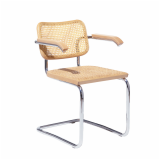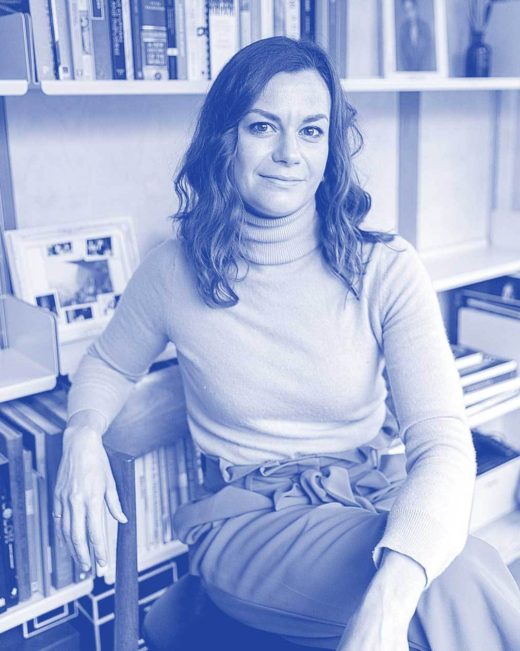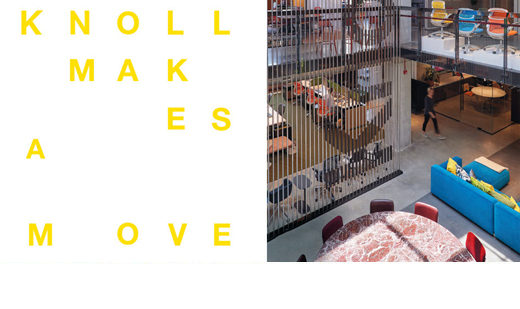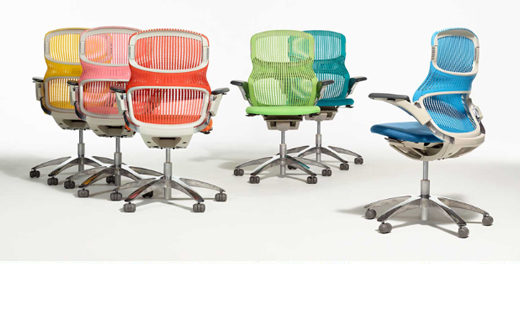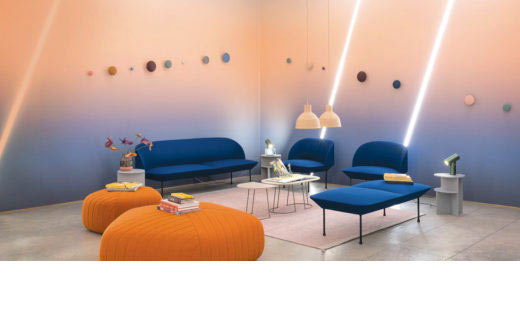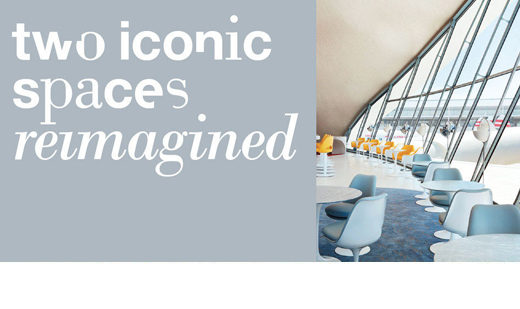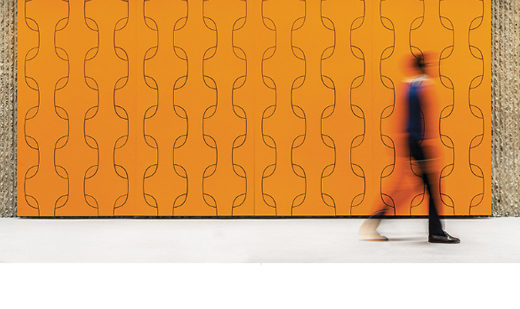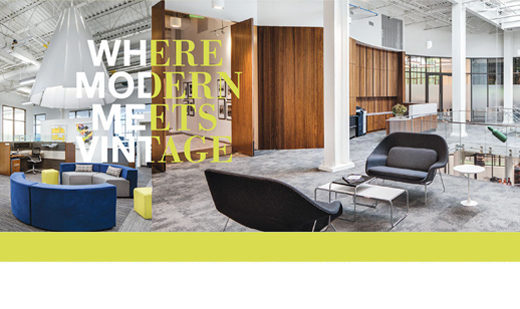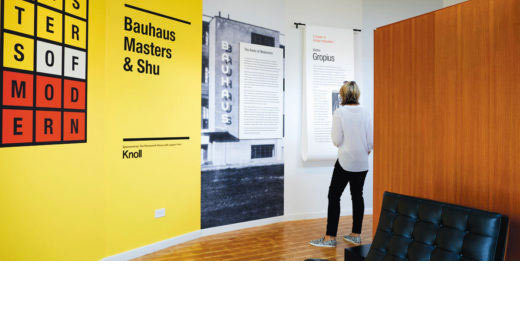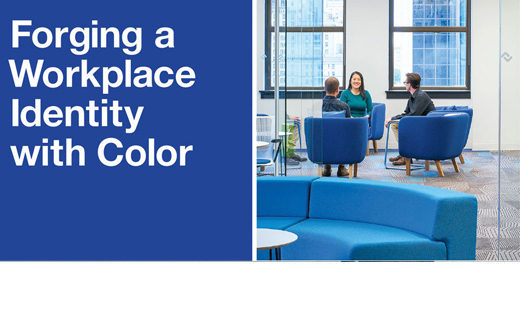How did you first become interested in the history of color?
Colors were a big part of my childhood. My mother was a florist and very creative, I used to go to her shop after school and make up little posies to be “sold” alongside the proper bouquets. Later I studied history in Bristol and Oxford, to research 18th-century style, in particular at masquerade balls. Color, of course, came up again and again. Fashionable shades were changing month to month, and the names were often wonderful and completely unfamiliar to me, so of course I’d have to go away and try to look them up. Colors have been a quiet obsession ever since.
How does color impact the way we work and live?
Color has the power to heighten our emotions and our experience of life. We’re so lucky to live at a time when colors are democratic. Most medieval Europeans, for example, would never have had the opportunity to wear or own objects in certain shades, like scarlet or rich purple, either because of the cost or because there were laws prohibiting it. Today, we can create spaces filled with hues that elevate our mood and energize us. There is something pretty magical about that.
Do colors have a different effect based on whether we interact with them at home? At work? In natural spaces?
The context in which we see colors, and the broader palette in which they’re presented, is fundamental to how we experience them. A certain color on the wall of a hospital might feel “institutional,” [but] put it on the wall of a retro-style ice cream parlor and the effect is completely different. I believe we bring as much to colors—cultural associations, moods, personal experience and memories—as colors bring to us.
Are there any colors that correlate to certain behaviors?
I’m not just saying this because I’m currently going through a red phase, but reds do seem to have a profound power over human emotions. Red pigments were sprinkled over Neolithic graves all over the world; red teams win more often; babies respond to red earlier than they respond to other colors. It’s difficult to unpack exactly what red is doing to us, but it exerts a pull.
Can colors challenge people?
We can resist certain colors due to our childhood or cultural associations. I know I felt like this for a long time with pink, because I was forced to wear it so often as a child. And when I got older and into sports, very often items for women were not as well made or conceived as those for men, more expensive, and only available in pink. Infuriating. As a result, I avoided pink where possible—although I have to say I now love it. A larger trend that I’m seeing is people finding very bright, saturated, “synthetic-looking” colors challenging, because of increased anxiety about and interest in environmental issues.
What color do you most associate with ideas about the future, or change?
It depends on what kind of future you’re talking about. Electric blue—that kind of shiny, neon light or computer screen color—is often used as a shorthand for an increasingly digital or electric future. Computer-screen green is often used too, but [it feels] more sinister and dystopian. Greens generally do have more positive and hopeful associations with change, however.
London-based Kassia St. Clair is an author of two books: The Secret Lives of Color (2016) and The Golden Thread (2019).

This story is from our debut issue of Knoll Works—a publication showcasing how our constellation of brands and planning capabilities create inspiring workspaces.










